Trees we are planting
We encourage people to plant our native trees
Native trees are species that have colonized the landscape of a region by natural processes and by going through a number of climatic changes that occurred over many thousand years. These native trees have adapted themselves to the local conditions and have become part of the ecosystem of the region.
Unfortunately, most of the native trees are victims of deforestation and have been reduced to the verge of extinction. In order to make up the deficiency, most of the people have been planting new trees but most of these trees do not belong to the ecosystem. They are invading trees that would gradually take place of most native trees and ultimately impact the whole ecosystem disturbing the wild life, insects, birds, crops and the soil.
Therefore, we encourage people grow to native trees in their localities.
Some of our Native Trees
Sukh Chain
Sukh Chain is a beautiful native tree of Indian Subcontinent. Its English name is Mullikulam or Pongam tree. It is a medium sized evergreen tree. The decoction of leaves and bark is used as bath for fever. The oil is used for the cure of the skin diseases and rheumatism.

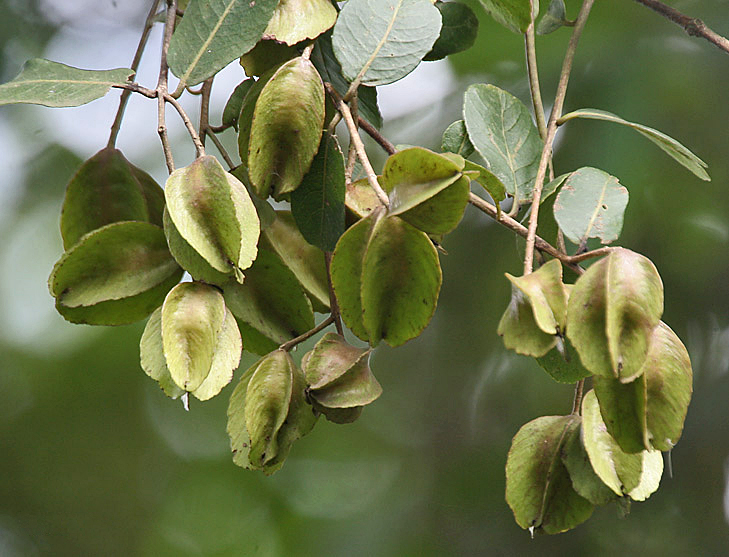
Arjuna
Arjuna is a large deciduous tree, commonly found throughout Pakistan and India. Arjuna tree has been used as a medicine in Ayurveda for many thousands of years. This tree is cone-shaped with white bark and elliptic leaves placed in opposite directions.
Arjuna tree originated from Indian subcontinent. It can be found in various different climatic conditions ranging from sub-Himalayan regions to far south in Deccan region, Sri Lanka and Myanmar. The bark of Arjuna tree is used for medicinal purposes and it has been found to contain minerals such as calcium, magnesium, aluminium, and tannins, flavonoids, saponin glycosides and phytosterols.
Neem
Long before, its chemical and medical value was proven scientifically, Neem has been a major ingredient of a number of traditional remedies and herbal medicines. It is a natural alternative to synthetic pesticides. It controls more than 195 insects and even impacts pests that are resistant to synthetic pesticides. Being an excellent environment-friendly insect killer, Neem tree is now commercially grown in many countries.
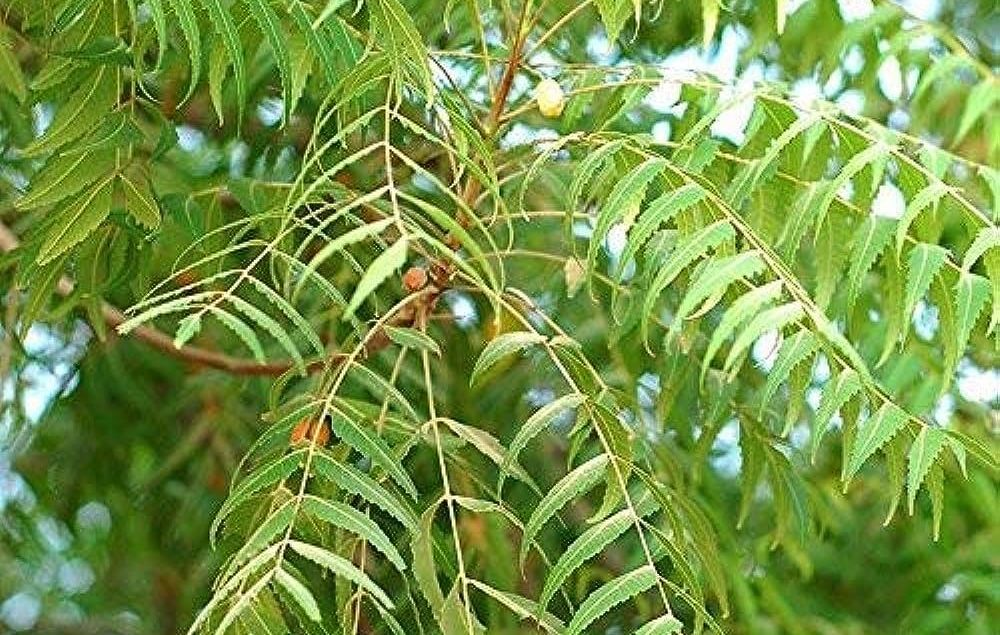
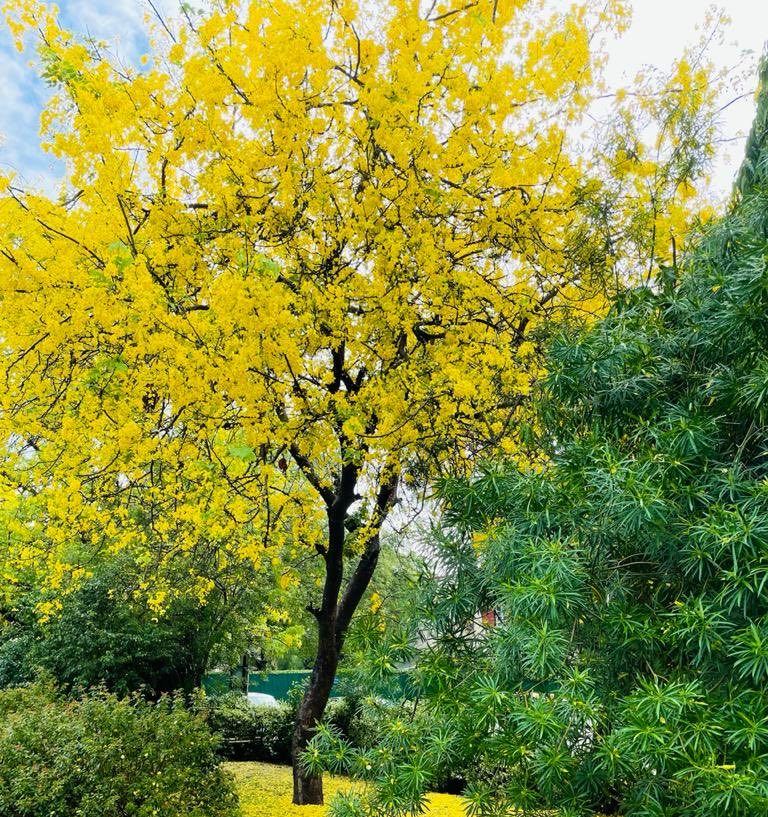
Amaltas
During the flowering season, the whole tree is covered with large clusters of uncountable delicate yellow flowers. The profuse and bright flowers of
Amaltas shine bright under the hot sun of summer and make a spectacular show. Delicate flowers drop to cover the ground turning it in to a yellow carpet, that is why, Cassia Fistula is also called The Golden Shower tree. This tree also has lot of medicinal values.
Jamun
Jamun (also known as Java Plum tree) is an evergreen, tall and shady tree that originally belongs to temperate regions of Pakistan, India, Sri Lanka and Malaysia. This ornamental tree grows tall and becomes woody very fast. The timber is durable and water resistant. Because timber of Jamun is quite hard to work on, it is usually used for making planks and carts. Mature trees of Jaumn bear white and tiny flowers that are usually behind broad pendant trees. The fruit is eaten as whole or used in traditional medicine. Bark of Jamun tree is used in dyeing and tanning.
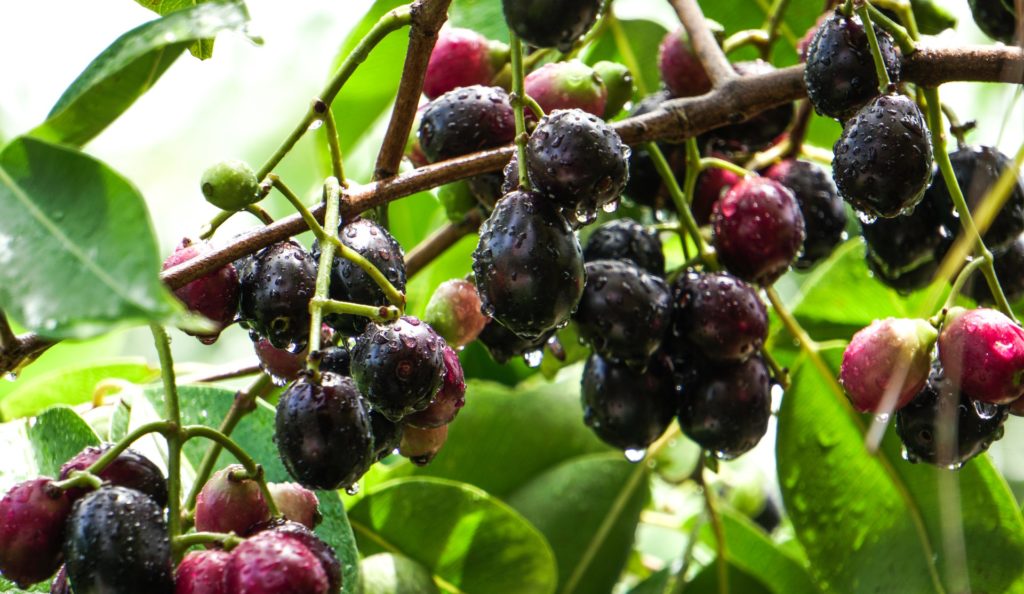
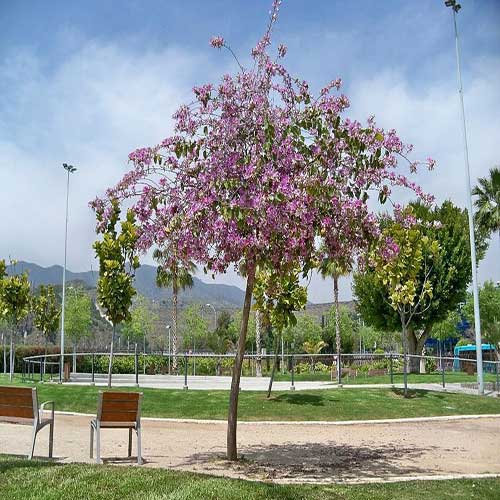
Kachnar
Bauhinia tree also known as Mountain Ebony, Purple Orchid tree or simply Orchid tree is an excellent specimen tree that you can grow in your landscapes, lawn or backyards. It is a hardy and fast growing tree and produces spectacular flowers of magenta, mauve, pink or white hues with crimson marking during the flowering season that usually occurs in winter. When the orchid tree is in bloom, it spreads a delicate fragrance all around.
An orchid tree in full bloom with its sweet scent on a winter evening is simply a lovely retreat.
The most popular species of Orchid tree in Pakistan is Bauhinia variegate where it is known as Kachnar tree and grown for its buds that are pickled or used as vegetable. The timber is used as firewood or for making fences. The bark is used to cure diarrhea.
